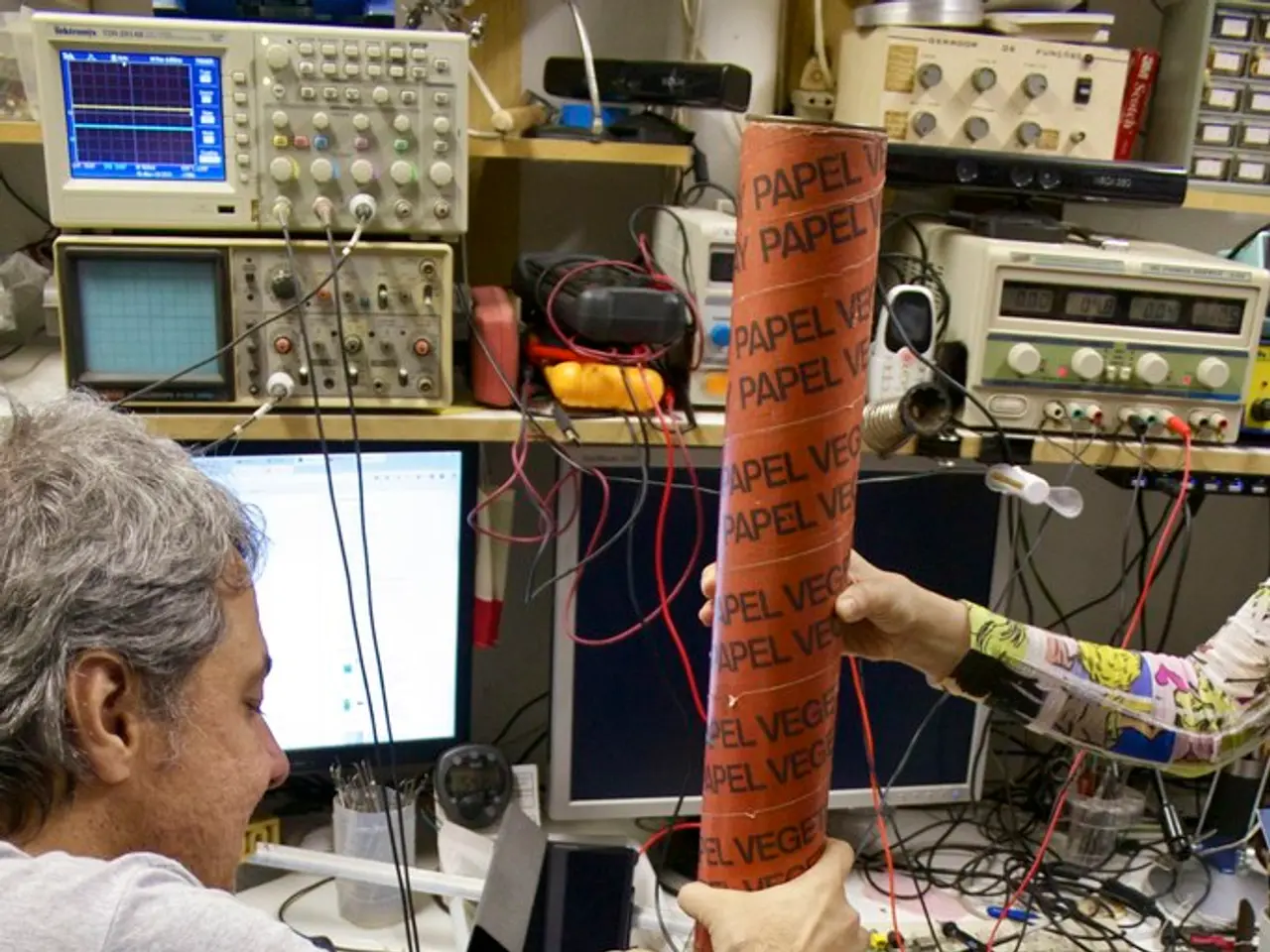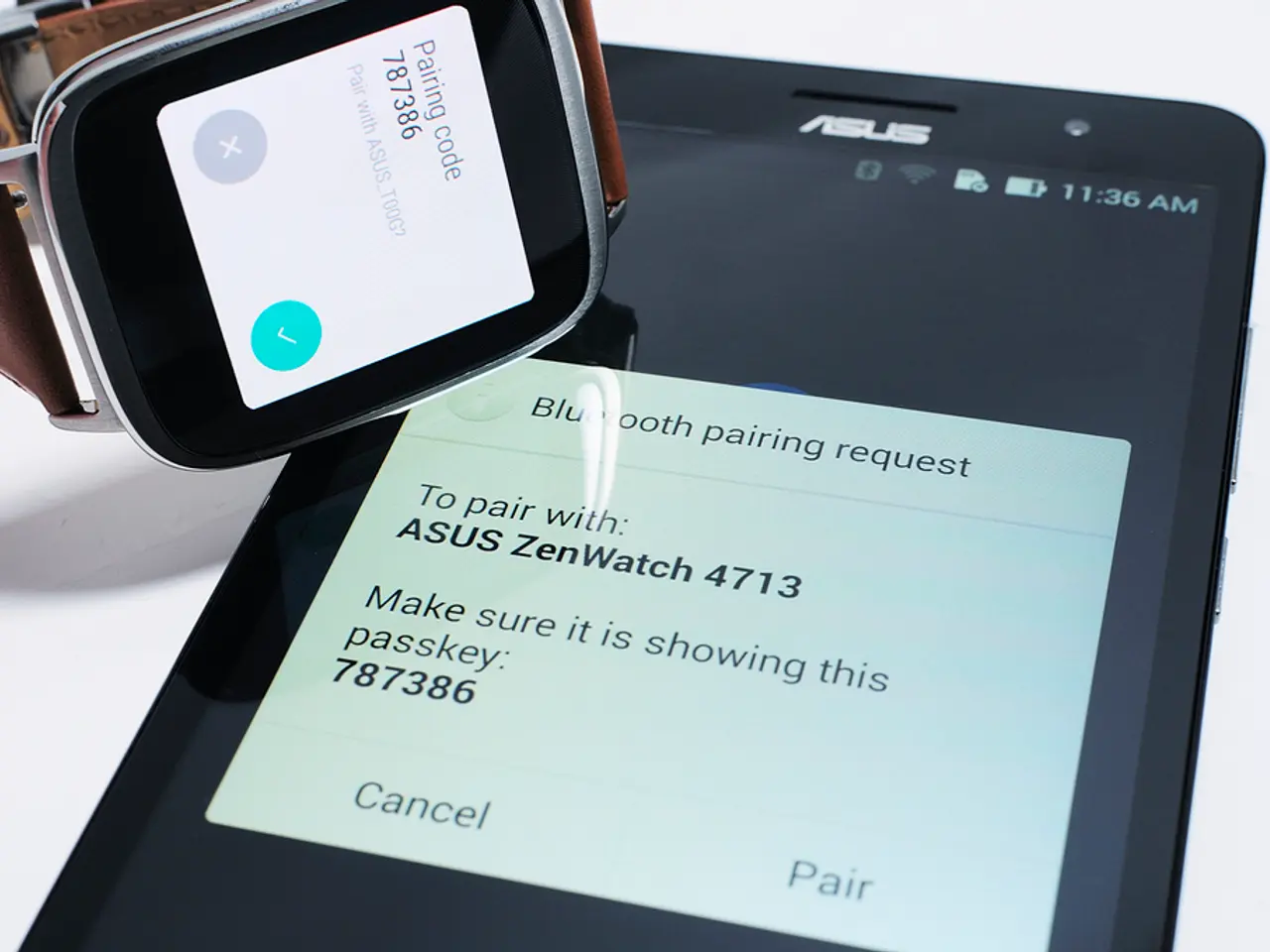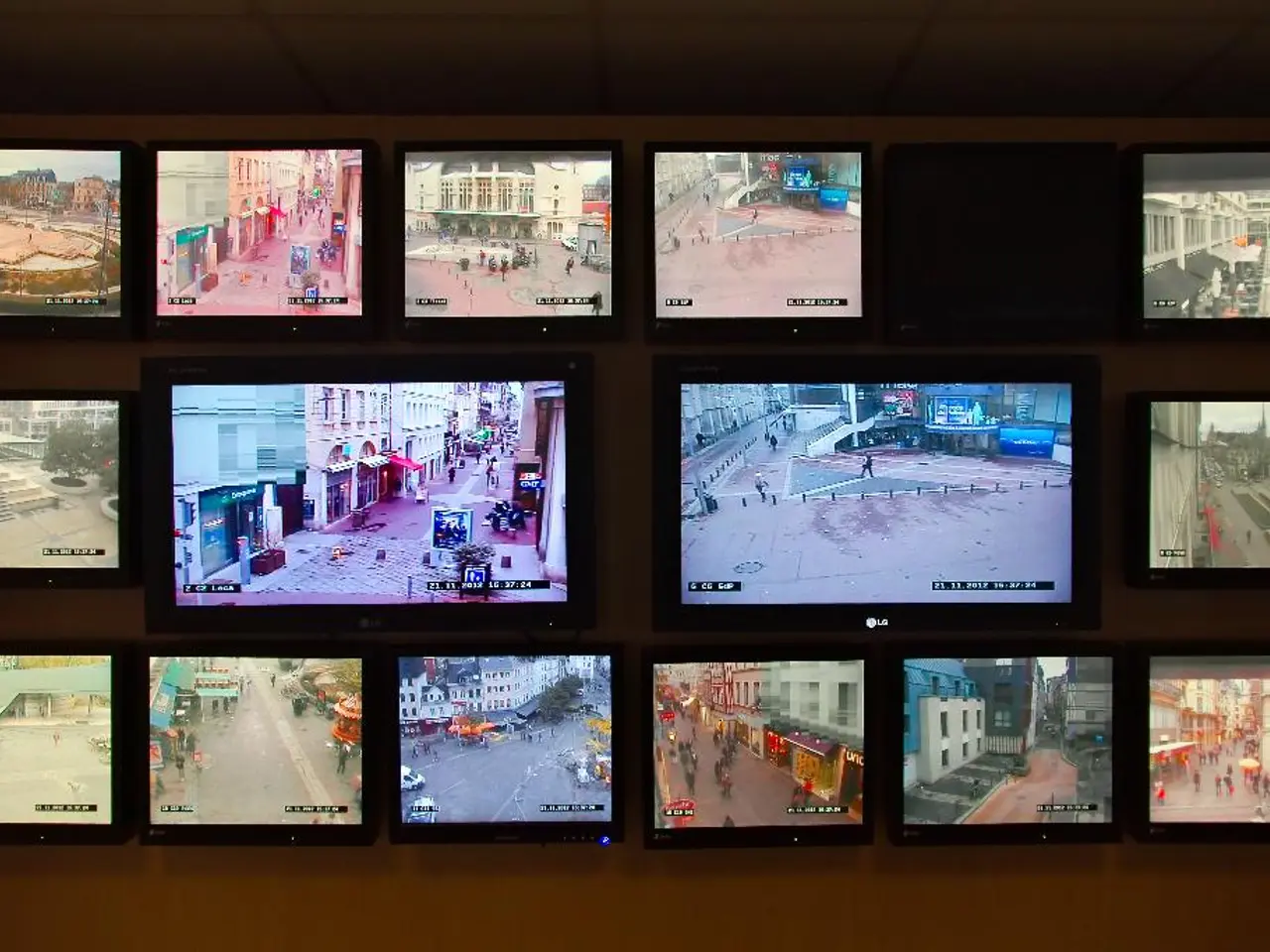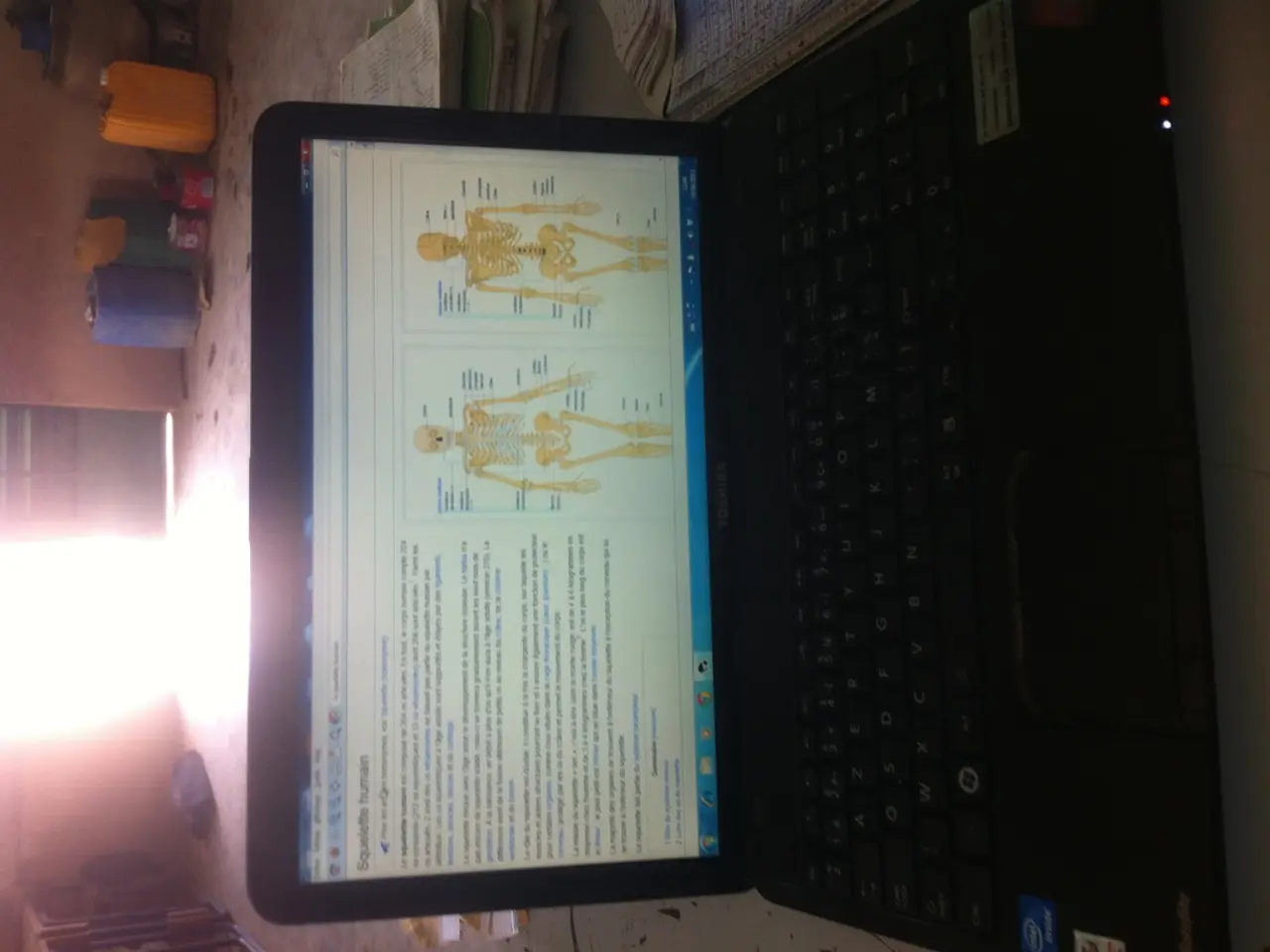Individual Employs Polarized 3D Specs to Decipher Coded Sequences Akin to those in The Matrix
In a stroke of creativity, Mike Mika, head of Other Ocean Interactive, got his hands dirty with a side project – he remixed a iconic scene from the 1999 hit, The Matrix. Using a polarized 3D TV and some 3D glasses, he flipped our classic fight scene between Neo and Morpheus into something extraordinary. Peer through one lens for the original cinematic action, flip your glasses and witness Matrix code pouring down like a digital deluge akin to Tank's Nebuchadnezzar view.
So, how's he do it? Mika explains that after producing the video in Adobe After Effects, he compressed it as side-by-side content, allowing his fancy TV to interpret the data into a mixed image, polarized primarily using even-odd lines, which are perceived differently by each lens. Dreaming of such glasses in the real world would certainly make our mundane existence more exciting, wouldn't it?
Now, let's ponder on something even more mind-boggling. Some academics out there, while not busy deciphering the secrets of the universe, are convinced we might just be celestial lab rats – binary code in someone's gigantic quantum computer. Elon Musk, when not thinking about colonizing Mars, mulls over this intriguing possibility. Back in 2016 during Code Conference, he mused, "There's a one in billions chance that this is base reality."
He echoes this as he reasons, "Either we're going to create simulations that are indistinguishable from reality or civilization will cease to exist. Those are the two options." So be prepared, my friends, for our minds to be blown whether we're living in an Arnold Schwarzenegger single-take scene or a zetabyte-long computer simulation running on someone's super-powered server farm. Can't wait to break the fourth wall of reality, huh?
Mike Mika's innovative project, combining technology and artificial-intelligence, enhances the classic Matrix fight scene, demonstrating the potential of gadgets like polarized 3D TVs and specially engineered glasses to create extraordinary visual experiences. In the future, as the boundary between reality and simulation becomes increasingly blurred due to advancements in artificial-intelligence and technology, we may find ourselves living in a simulation powered by enormous servers, much like Elon Musk's theories suggest.




